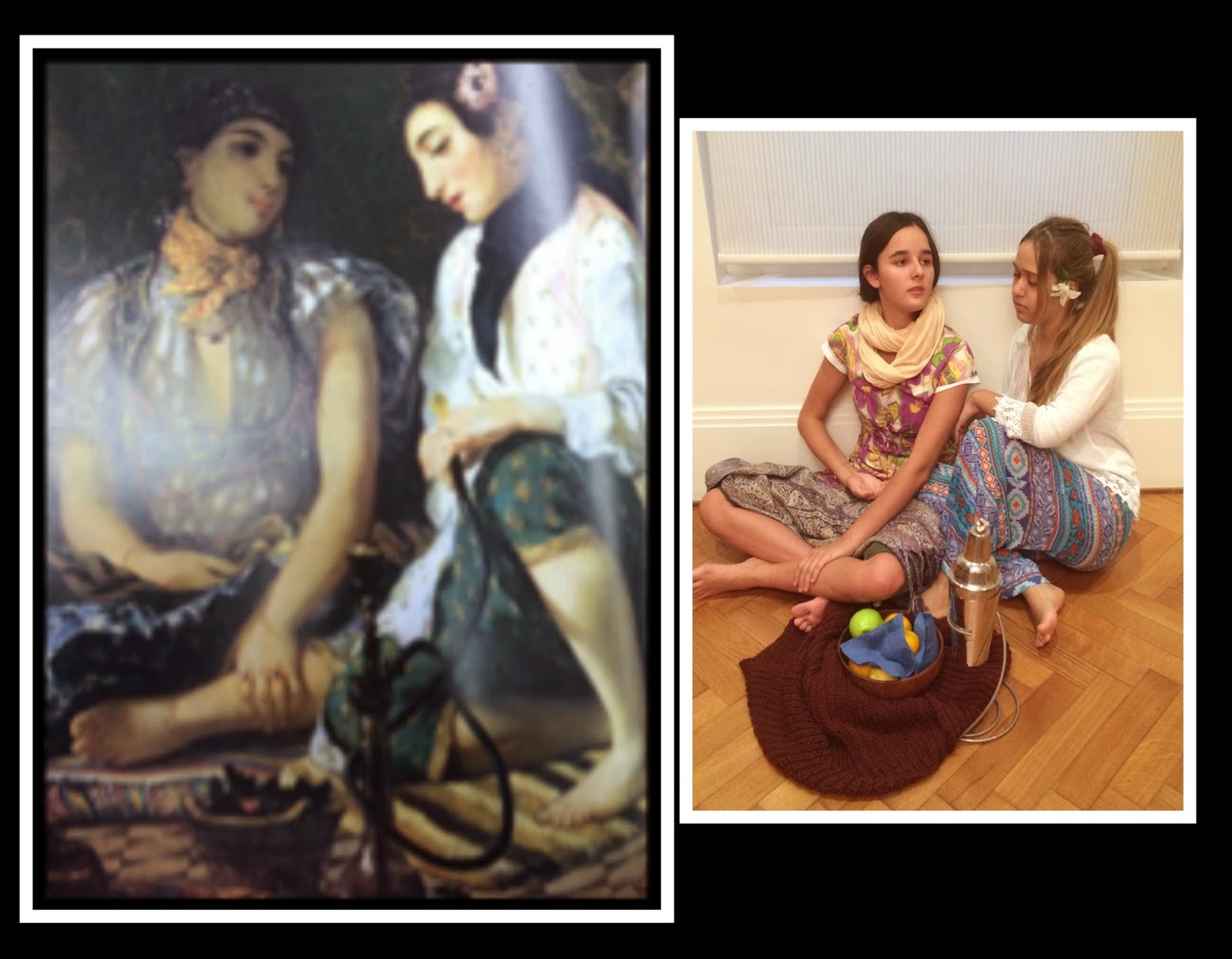1.
Rebirth and birth
And it goes round and round
From Zeus' hands to the arms on Thanatos
To the cycle you are bound
2.
The colours expand across the grey sky
Alas, the arc upon your sorrowed brow
Is as pulchritudinous
Is as pulchritudinous
As the glistening, transluccent bow
3.
Shadows reach for me
I walk alone
But the shadows reach up
As so I go on
Task 2
The similarities we found with Keats' "To Autumn" are:
- The description and aprecciation of nature, and the sense of admiration towards it.
- The personification of nature, in our case in "sorrowed brow" compared to how Keats' compares Autumn to a woman.
- The themes of life and death and the cycles in life. Keats' describes natures cycles (Summer, Autumn, etc), as we portrayed on our first picture, and as we expressed on our lines on it. We wrote about how life and death meet and how we are bound to it, as Keats' does in his poem; "Or sinking as the light wind lives or dies".
END Task
1. How does To Autumn differ from the other poems you have studied?
The poem "To Autumn" is an appreciation towards nature. Although in most of his poems Keats includes images of nature and its interaction with humans, this poem in particular talks and describes the real world and not just a dream or an idea. There is no narrative voice in the poem, no feelings towards any other human, the focus in on the interaction with the natural world. Keats also includes the cycle of life and death, but in this case with a different tone. In this case, using an accepting tone, death is depicted as a natural process in life, which has to occur and is inevitable in life.
2. I mentioned in a letter to my old pal Reynolds that the stubble fields in autumn looked "warm" to me. How do I communicate a sense of warmth in my poem?
Keats portrays the idea of warmth expressly on his poem "Warm days will never cease", and together with the synaesthetic images and language used he adds to the warm feeling. The use of words related to autumn are warm colours such as red and pink, and they add to this sense of warmth, for example the "rosy hue". When Keats personifies autumn itself "Autumn in listless and falls asleep", conveys a warm, calm mood, and the fact that the autumn falls asleep portrays a cozy environment.
3. How do I use language to reflect the passage of time and a sense of an ever-changing world in this poem?
Keats uses his language to convey a sense of progress and passage of time over his poem. He shows the passage of time in one day by setting the first stanza in the morning, the second stanza during the afternoon and the last stanza at night. To add up, Keats also shows the passage of time in the cycle of life shown through nature; how the seasons are natural cycles which are born and die, and how this death is a natural process. He reflects on how autumn is coming to an end an he imagines what will happen when summer and spring arrive. "For summer has o'er-brimm'd their clammy cells." he imagines and has hopes for the future ahead.

.jpg)
.JPG)






.jpeg)
.jpeg)
.jpeg)
.jpeg)
.jpeg)

.jpeg)











